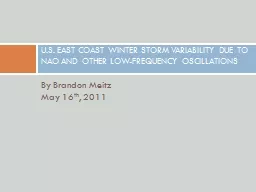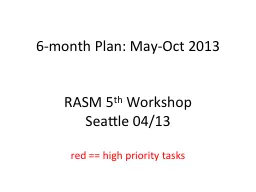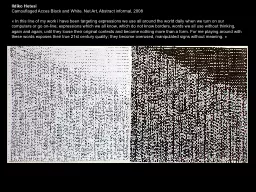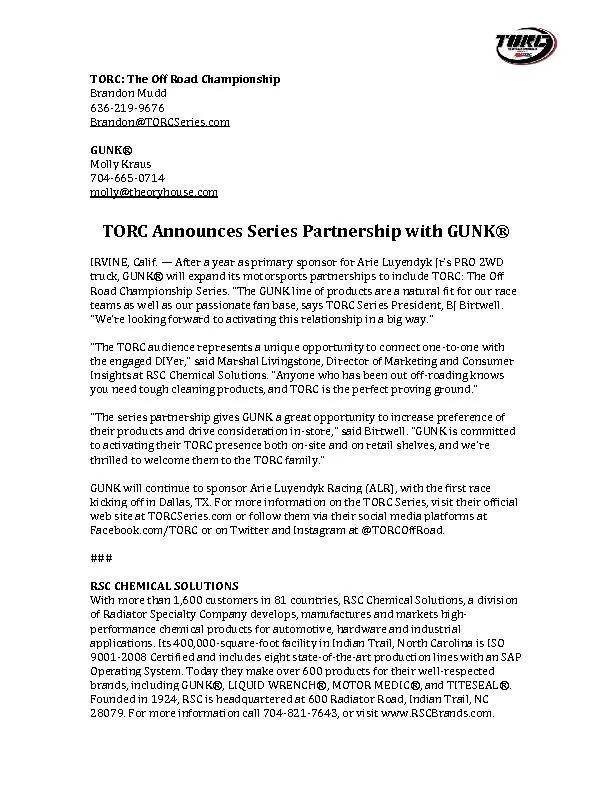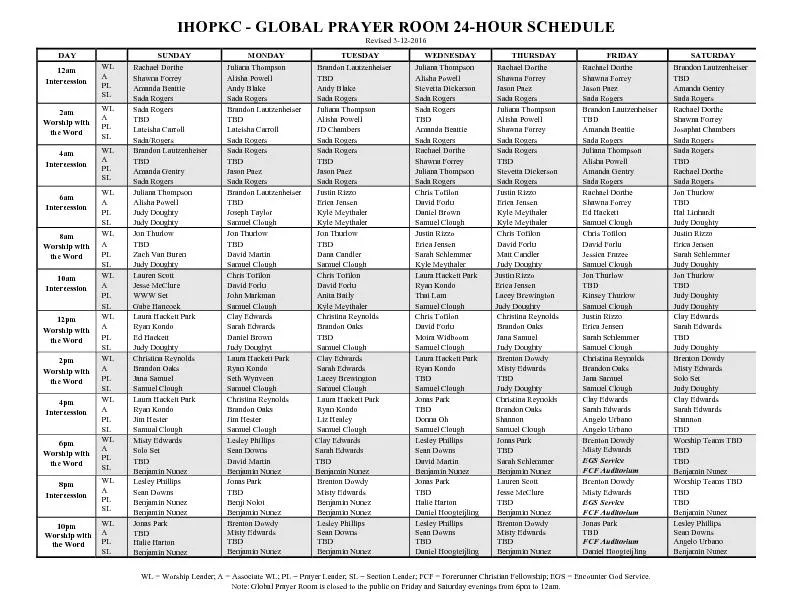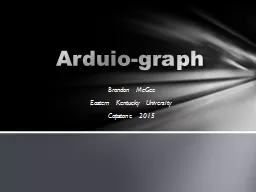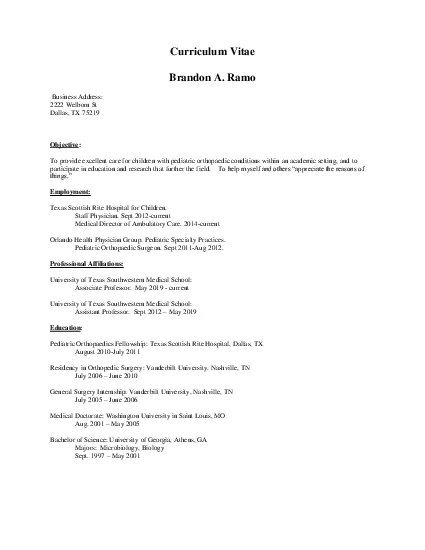PPT-By Brandon Meitz
Author : jane-oiler | Published Date : 2016-07-17
May 16 th 2011 US EAST COAST WINTER STORM VARIABILITY DUE TO NAO AND OTHER LOWFREQUENCY OSCILLATIONS By Brandon Meitz May 16 th 2011 L Outline What is winter
Presentation Embed Code
Download Presentation
Download Presentation The PPT/PDF document "By Brandon Meitz" is the property of its rightful owner. Permission is granted to download and print the materials on this website for personal, non-commercial use only, and to display it on your personal computer provided you do not modify the materials and that you retain all copyright notices contained in the materials. By downloading content from our website, you accept the terms of this agreement.
By Brandon Meitz: Transcript
Download Rules Of Document
"By Brandon Meitz"The content belongs to its owner. You may download and print it for personal use, without modification, and keep all copyright notices. By downloading, you agree to these terms.
Related Documents

